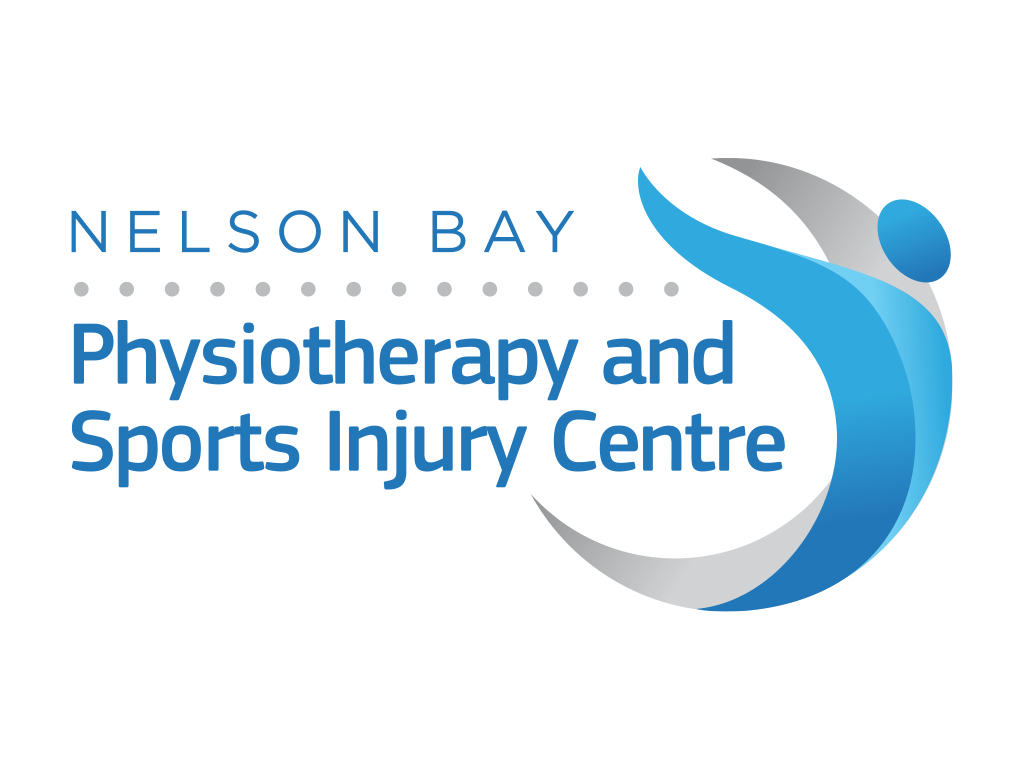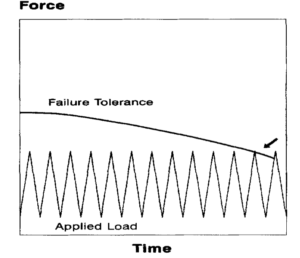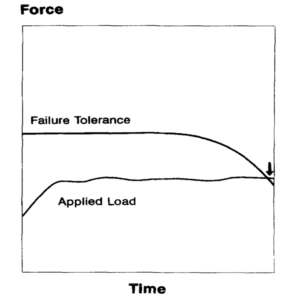Straighten Up
October 16, 2017

“Ooh but it won’t happen to me”…..Is that what you thought when you looked at this photo?…… A common thought these days when we hear about cause and effect when it relates to yourself is to think exactly that. What is it that makes you think that way? Is it the fact that you’re only young and that is so far away? Is it shear stubbornness or neglect of the natural progression from where you currently are? Or is it the comfort of knowing that you hold yourself well and are doing as much as you can to prevent that happening?
So the real question then becomes, what are YOU doing to support the thought “ooh but it wont happen to me”? That’s where the cause can be altered to create a different effect.
Research abounds with information regarding the change in our body tissues over the course of time. Many of these changes occur from quite early in our life and slowly change, whilst others seemingly occur overnight (how many of you almost overnight noticed a change in your vision, perhaps with some initial neglect, and now can see the light again once you were prescribed glasses). Whilst we cannot altogether stop the natural age related change within our tissue, we can in many cases, slow the progression or deterioration of this tissue with age. A great example of this is the effect that resistance training (strength) can have upon muscle tissue and the bodies metabolic processes to save off insulin resistance changes and diseases like diabetes, for cardiovascular and respiratory benefits and of course falls prevention.
So how does the way we move affect our body and it’s tissue? The answer is it can have a positive influence (as for the example above) or a negative influence (for example how bending or sitting poorly can effect the loading on the lower back). The below Figures (McGill, 1997) show how the repetitive effects of small loads (top Figure) or the sustained effect of a small load (bottom figure) can result in tissue fatigue, reducing the failure tolerance and leading to failure. This can also increase the risk of a single event (a single higher load) causing a tissue failure (eg. a fall to the ground resulting in a fracture from a seemingly quite low force). Part of good musculoskeletal health is having the ability to resist force and create force without causing tissue failure. A key feature is the positioning of our body in space in such a way that the joints, muscles and other tissue can create their desired effect with minimal energy production or force absorption thereby reducing their risk of injury. Therefore, if your thought was “it wont happen to me” then make a change now because without perfect mechanics the effect of gravity is such that the cumulative effect can result in this change occurring slowly and then before you know it it’s either a lot harder to change or it can’t be changed.


The opening picture depicts how slouching, sitting poorly/too long, failing to stand tall when younger can effect the body in such a way that by the time your older it’s impossible to stand up straight. It may not happen overnight but it does happen!
I have the picture of a teenager sitting in front of me slouching all day at school/studying at home, standing slouched and thinking “it won’t happen to me”. My advice is let’s try and keep what you have before it breaks as opposed to trying to fix it once it is broken. That young flexible spine with repetitive or prolonged loading in this way is subjected to altered loading and becomes stiff to straighten. The soft-tissue at the front of the body shortens and ties the body down making it harder to straighten up whilst the tissue at the back is lengthened and working hard just to counter gravity and try to keep some resemblance of upright so we can see where we are going. This tissue gets tired and cranky as it’s not designed to work in this way, whilst our stabilising muscles become weak (we haven’t been using them to hold us up but rather relying on ‘hanging’ off our joints to do so).
Before long we are in our 30’s and 40’s going through “beautiful chaos” and we start noticing, most of the time, pain somewhere. Professional help is sought and guess what, you find that your spine’s not as mobile as it once was, you’re a bit weaker in places you should be stronger and your tight in areas you once had good flexibility. The bad news is it takes longer to correct than when you were a teenager and might not be fully reversible requiring personal diligence to stay where you are and not regress further. The good news is that what you need to do now is easier than what you might need to do in another 20-30 years if you hadn’t attended to it. Seek assistance now if this is you!
Then without attention you reach the stage of the gentleman pictured. You can’t stand up straight, your neck hurts because it’s having to look up all the time just for you to see where you are going, you can’t reach as high, you have arthritis throughout your body, your not as balanced on your feet (may be complicated by diabetes or vascular effects reducing sensation in the feet) and need an aide to prevent falling. It doesn’t happen overnight but it does happen! To combat this I get clients of mine to stretch their chest through a doorway and then lie on a rolled towel across their upper back to open their chest and extend the spine. Similarly when sitting it’s not only important to break it up regularly by moving (see ‘Sitting is the New Smoking’) but also to make sure you sit well. This can be done by sitting to maintain a slight curve in the small of your back with your knees higher than your hips, pelvis tilted forward, chest lifted and head over your shoulders lengthening towards the ceiling.
Make the change now and seek the advice and correction of a trusted physiotherapy professional to set you in the right direction. A small investment in time now will have much longer lasting effects for your entire life to help you “live your whole life better”. The truth is too, the sooner and younger the start, the easier any change is and the more you can do that will make a difference. That’s important, seek professional advice but remember the professional is there to help you but ultimately you are the main player! 99% of the time you are out living your life (not with the professional having treatment) and so the professional needs to educate you and arm you with tools (eg. Exercises) to help you maintain and improve you in their absence. Without active engagement, passive treatment is never going to achieve the results that could be achieved. So if you are motivated but feel that your care is purely reliant on what the practitioner does with you (ie. you haven’t been given any tools to help yourself as well) then I would recommend you seek a trusted professional with a more wholistic view of your health.
Written by: Scott Ward
Disclaimer: These are general comments and do not take into account your specific health condition. It is extremely important to get advice before undertaking any new exercises but one thing is sure though, it is very important to have a professional who can help you plan ahead. You can contact our team on the following details to arrange a meeting to look at your current circumstances.
